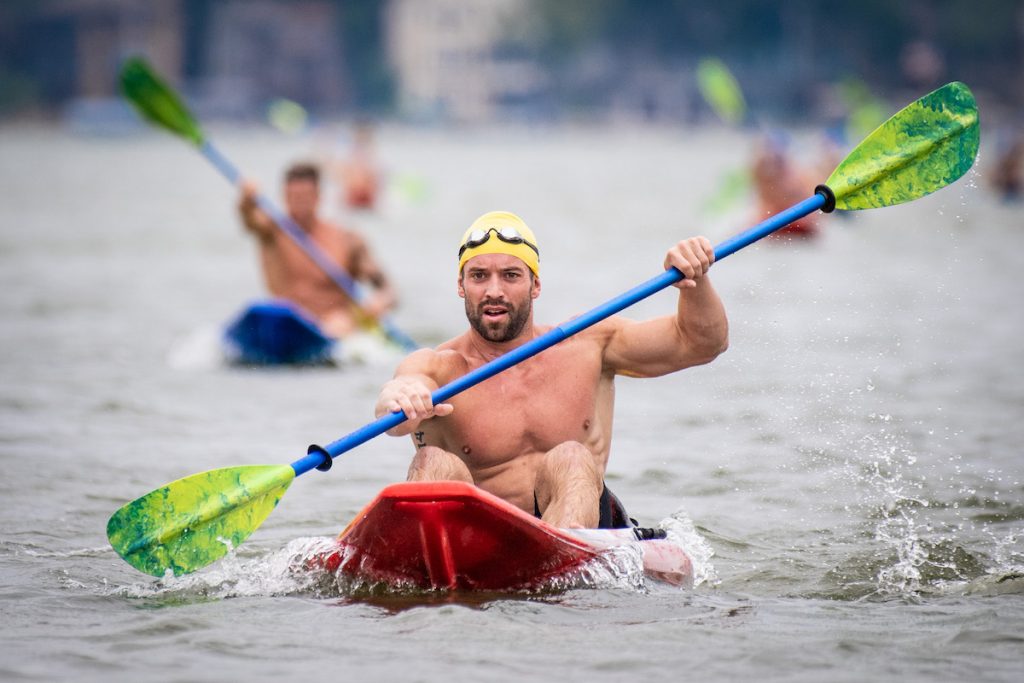
There are a ton of ways you can explore calm bodies of water. One of the best and most popular currently is kayaking. The sport has been around for years, and it’s never too late to dive into a hobby that a lot of people already enjoy. How does one get started at kayaking?
Kayaking itself is an easy sport to understand. You simply have to use your arms to paddle your kayak. Whether you do it with a partner or solo, the plan is simple, to row your kayak consistently so that you get to explore. The main difference between kayaking with a partner and solo is that you need to coordinate with a partner with the former.
While technique matters in kayaking, a big part of the experience will also rely on the equipment and gear that you have. For beginners, it can be tough choosing the right gear for kayaking. As such, here are a few tips on how you go about buying your own kayaking gear.
Kayak
Of course, the heart and soul of this activity is the kayak itself. What most beginners don’t know is that there are many types of kayaks. Knowing these kayak essentials can effectively help you choose the best one for you. Here are the most common types of kayaks that you should consider.
- Sit-On-Top Kayak – This is the best kayak for a beginner. Not only is it more affordable, but it is also easier to use as well. Even if you fall, sit-on-top kayaks are very easy to get into. If you’re worried about the budget and your safety, this is something that you definitely want to get. A downside to these kayaks is that they are often bulkier and heavier as well.
- Touring Kayak – These are also called sit-inside kayaks. They are made out of lightweight materials. In terms of shape, these are usually longer, which makes the kayak more stable and faster on the water. As compared to sit-on-top kayaks, touring kayaks are best reserved for those who’ve had more experience in the sport already.
- Inflatable Kayak – This is the perfect kayak to buy from Outdoorplay for those who are always out adventuring. As the name suggests, these are inflatable, and in their deflated form, they are small enough to carry like a backpack. There are also foldable kayaks which are just as portable. What inflatable kayaks lack in speed and handling, certainly makes up for in portability. In most cases, this is used as a spare kayak.
- Tandem Kayak – If you’re going to travel with a partner, then it’s best to bring a tandem kayak with you. These are kayaks that come with two seats and enough space so that you aren’t huddled up into one area.
The type of kayak you buy should depend on your needs, your experience, and the area you are hoping to go kayaking in. Regardless of the type of kayak, be sure to know the kayak weight limit to select the ones suited for you. The capacity of the kayak has a significant influence on your goals, be it for a performance boost, safe paddling on different classes of water, or just tandem kayaking for fun. Make sure to weigh your options well. Last but not the least, keep in mind that it’s okay to have more than one kayak, especially if you’re seeing this as a long-term hobby.
Paddle
Of course, what’s good about an amazing kayak if you don’t have something to paddle with? A kayak paddle has a long stem and a flat paddle on each end. Most paddles are collapsible into two pieces and these are the ones that you’d want to get for portability purposes just in case you are always on the go.
Keep in mind that when picking a paddle, it should also be proportionate to your height. Using paddles that are too short will make your kayak move slower. On the other hand, paddles that are too long will cause strain in your arms as you use them.
It’s best to pick paddles that are lighter. The lightest stem materials are paddles made out of aluminum, while the heaviest are those made out of carbon fiber. As for the paddle itself, it can be made out of plastic, fiberglass, or nylon as well. Lighter stems usually break easier, but they are at least better for beginners.
Vehicle Rack
There’s not a lot of cars that can actually hold an entire kayak without compromising the space inside. In most cases, you’re going to have to invest in a vehicle rack to place your kayak on when traveling. The good news is that racks are flexible and can also be used to hold bikes, ski gear, and other large objects.
Only get a vehicle rack if you’re planning on making kayaking a long-term hobby. If not, ask some friend who has a vehicle rack to carry your kayak for you. When picking a rack, make sure to get one that has a high weight limit so that it can carry your kayak well regardless of its weight and size
Safety Gear
The last thing you’d want to do is to underestimate the dangers of kayaking. While it is a leisurely sport, there are still a few risks involved when it comes to kayaking. As such, aside from the kayaking equipment itself, you should also have some safety gear too.
The most important safety gear for kayaking is a life vest. This will help you stay afloat and safe in the water, just in case the kayak tips over. Pick a light life vest so that it doesn’t weigh you down throughout the activity. You can forgo this if you’re an excellent swimmer but if it’s open waters you are kayaking in, a life vest is more than necessary.
Another good safety gear to get is a bilge pump. If you’re using a kayak where you have to sit inside, it can get filled up with water very quickly. Once this happens, your kayak will begin to sink due to the weight. The best way to remove that excess water is by using a bilge pump.
Kayaking is a lot more fun – not to mention safer if you are equipped with the right gear. Hopefully, you get to invest in the gear of your own so that you can maximize your time exploring the great outdoors. While you’re at it, find yourself a trusty partner as well!







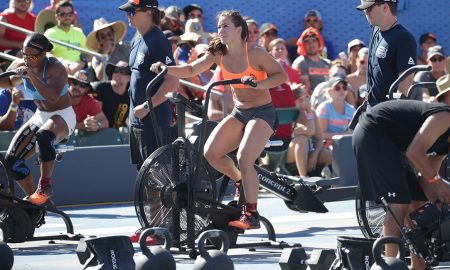





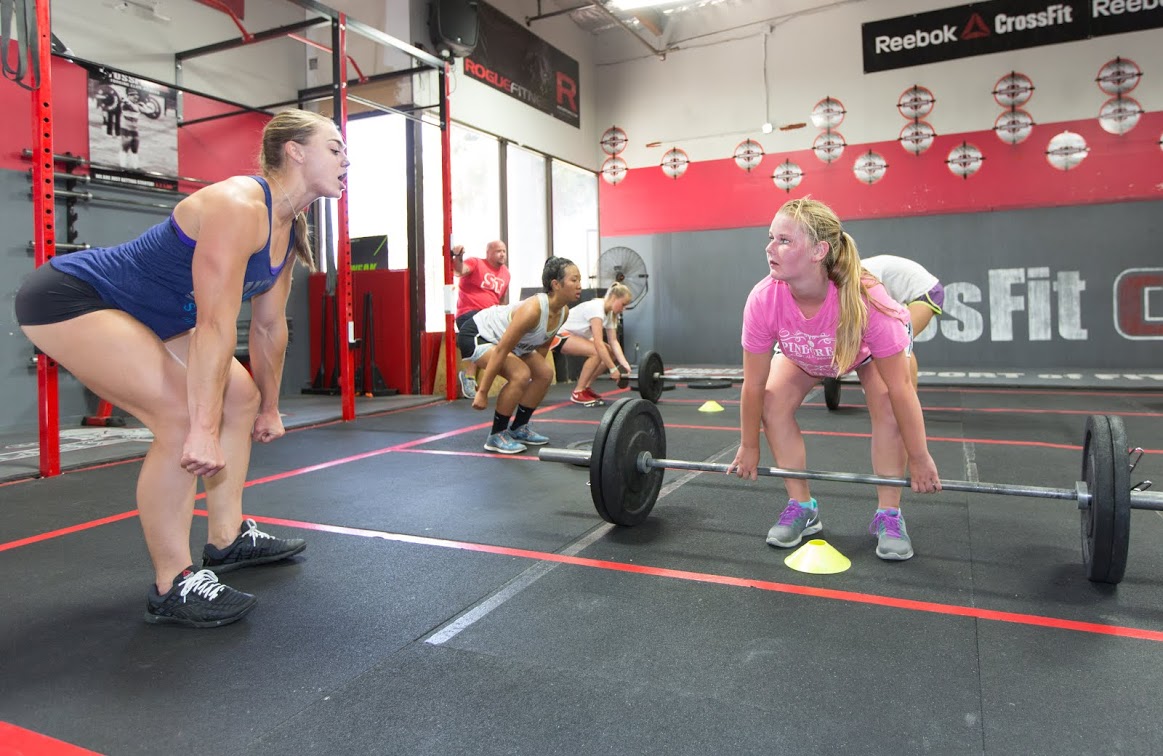
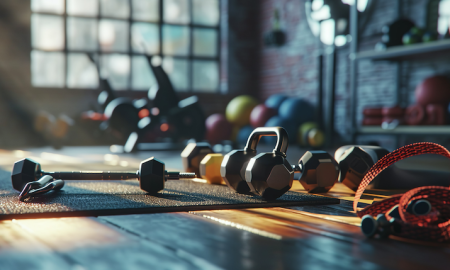
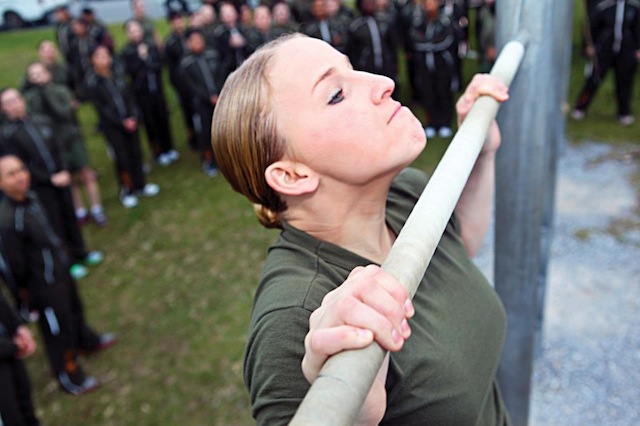
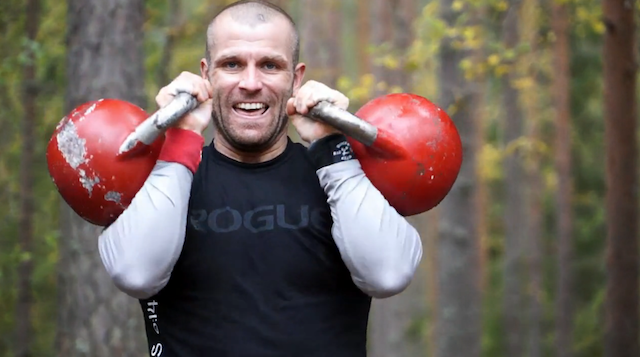
Follow Us